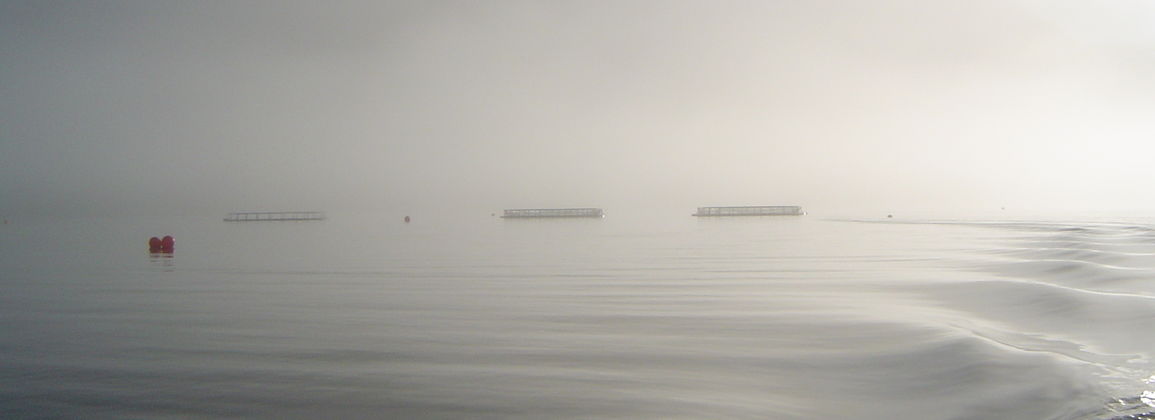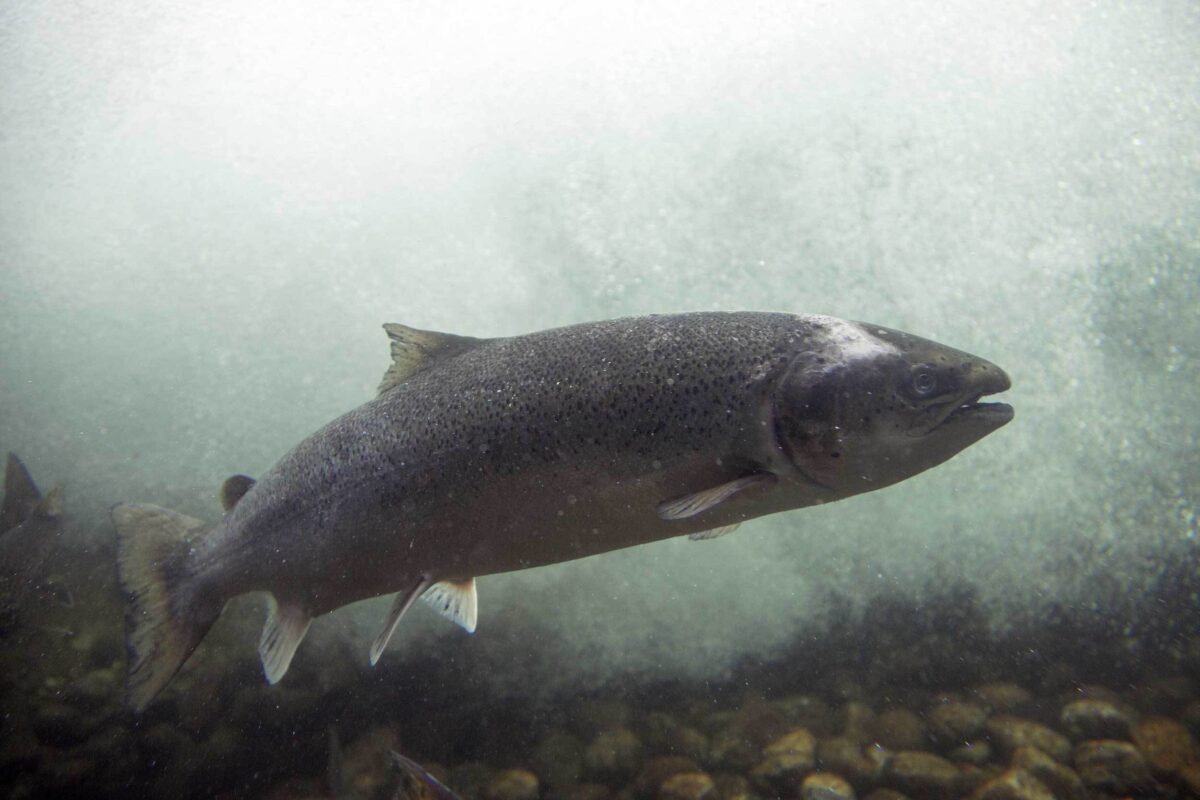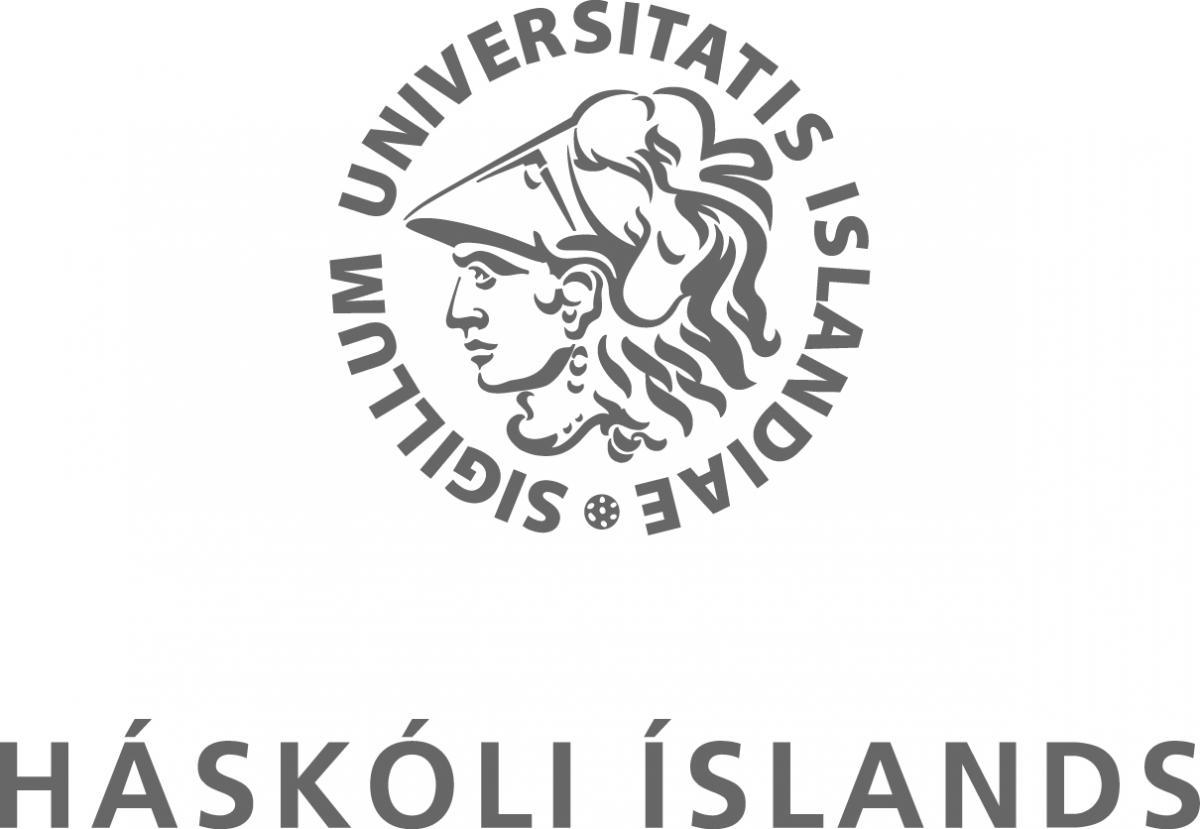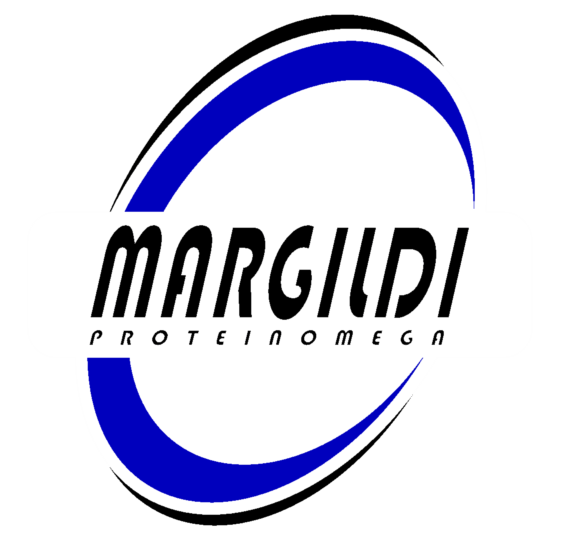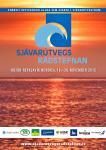Effects of temperature fluctuations during storage and transport on quality and stability of frozen mackerel products
The aim of the project "Maximizing the quality of frozen mackerel products" is to study the quality and stability of mackerel products in frost according to the seasons and the effects of different pre-cooling, freezing and storage conditions. By looking at the interplay of these factors, it is possible to maximize the quality and utilization of mackerel and therefore at the same time its value. This is the first report from the project and it deals with the effects of temperature fluctuations during storage and transport on the quality and stability of frozen mackerel products. Evaluation factors included release, enzyme activity and evolution. Containers were transported to Japan. Whole frozen raw materials provided in late July and early September were frozen and stored at -25 ° C for one month. During "transfer", the product was stored at -18 ° C ± 5 ° C for one month. The samples were measured before freezing, after the "transfer", and thereafter every 3 months in storage at -25 ° C. For comparison, samples were stored at a constant temperature (-25 ° C). In addition, whole frozen mackerel products were stored for up to 12 months at -18 ° C as well as -15 ° C to assess the effects of different storage conditions. There was a clear difference in the quality and stability of frozen mackerel products that were stored at low and stable temperatures compared to products that were subjected to heat stress, for example due to container transport. The results show that mackerel should not be stored above - 25 ° C.
The aim of the project “Quality optimization of frozen mackerel products” is to study the quality and stability of mackerel products during frozen storage as affected by season, different pre-cooling methods, freezing techniques and storage conditions. This is the first report from the project and describes the effects of temperature fluctuations during storage and transportations on quality and stability of frozen mackerel products. The main attributes investigated were eg gaping, enzymatic activity and rancidity. Container shipment were simulated. Whole mackerel caught late July and early September was frozen and stored at -25 ° C for one month. During “transportation”, the products were heat abused at -18 ° C ± 5 ° C for one month. Samples were analyzed after freezing, the transportation and with 3 months interval during subsequent storage at -25 ° C. For comparison, samples were stored at stable temperature (-25 ° C). Additionally, frozen mackerel products were stored for up to 12 months at -18 ° C and -15 ° C to further evaluate the effects of storage temperature. A significant difference in quality and stability were detected between products stored at stable and low temperature and products that underwent heat abuse during eg transportation. The results demonstrate that frozen mackerel products should not be stored at higher temperatures than -25 ° C.
Report closed until 01.01.2018


